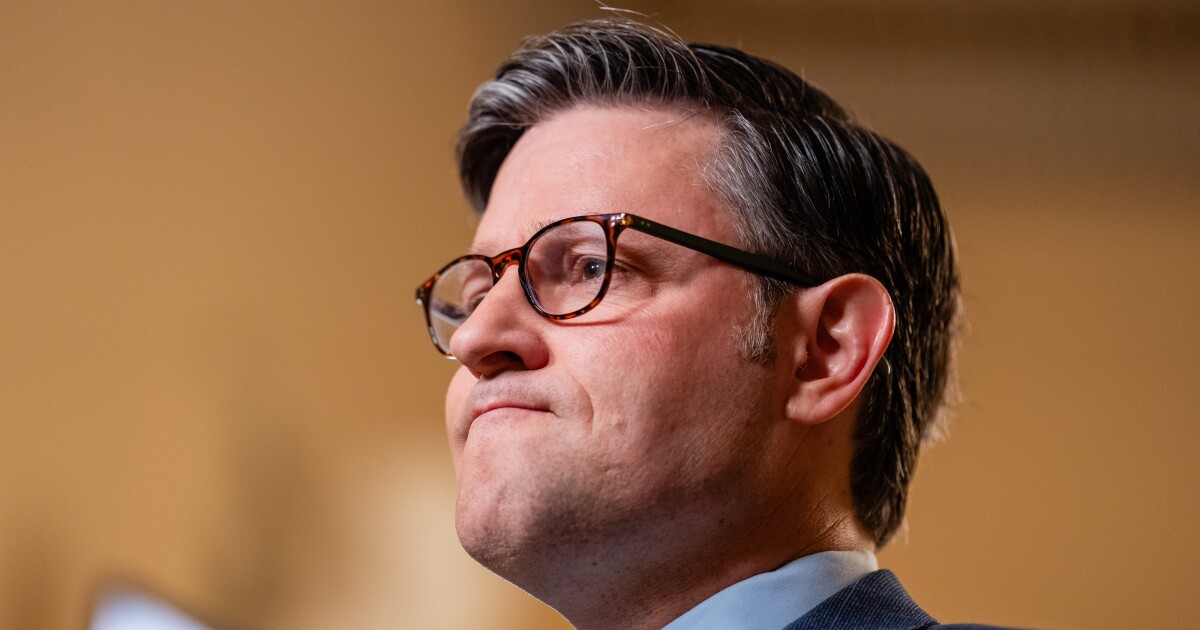Baker Tilly, a Top 10 Firm based in Chicago, plans to acquire Hancock Askew & Co. LLP, a Regional Leader based in Savannah, Georgia, expanding Baker Tilly’s presence in Georgia and Florida.
Hancock Askew has offices in Savannah, Atlanta and Augusta, Georgia, along with Tampa, Jacksonville and Orlando, Florida.
Financial terms of the deal were not disclosed. Hancock Askew ranked No. 12 on Accounting Today‘s Regional Leaders list for the Top Firms in the Southeast, and reported $55.8 million in revenue for 2024, with 35 partners, 258 staff and seven offices. Baker Tilly Advisory Group, LP and Baker Tilly US, LLP are independent members of Baker Tilly International, a worldwide network of independent accounting and business advisory firms in 141 territories, with 43,000 professionals and a combined worldwide revenue of $5.2 billion. The U.S. firm of Baker ranked No. 10 on Accounting Today 2024 list of the Top 100 Firms. Its revenue as of May 31, 2024 was $1.81 billion, across consulting, tax and assurance. Last February, Baker Tilly US received private equity funding from two private equity firms, Hellman & Friedman and Valeas Capital Partners, prompting it to split its attest and non-attest sides.
“The Southeast is a vital region for businesses of all sizes,” said Fred Massanova, Baker Tilly’s chief growth officer and managing principal for the Eastern U.S., in a statement Monday. “Hancock Askew’s longstanding commitment to client service and deep regional expertise make them an outstanding fit for Baker Tilly as we continue expanding our capabilities in this market.”
Hancock Askew managing partner Michael McCarthy will be joining Baker Tilly as managing principal for Georgia and Florida. “This combination reflects our shared vision of delivering exceptional value and measurable results,” McCarthy said in a statement. “Joining Baker Tilly provides new opportunities for our clients and team members while preserving the commitment to quality and service that has defined Hancock Askew for decades.”
Koltin Consulting CEO Allan Koltin advised the firms on the transaction. “Hancock Askew has built a stellar reputation in the Southeast,” Koltin said in a statement. “This combination strengthens Baker Tilly’s capabilities in the region and ensures continued innovation for clients.”
Last May, Baker Tilly merged in Seiler LLP, a Top 75 Firm based in Redwood City, California. Also last May, Hancock Askew added the Willeford Group in Roswell, Georgia.
International growth
Last week, Baker Tilly International announced that it reached global revenues of $5.62 billion for the year ended Dec. 31, 2024, up 9% over the previous year or 9.5% at constant exchange rates. The global accounting and advisory network has grown nearly 40% since 2020.
Baker Tilly saw expansion in all regions across the network in 2024. The Europe, Middle East and Africa region was the fastest growing at 13%, followed by North America at 11% and Asia-Pacific at 2% in local currency terms). Revenues in Latin America declined slightly in U.S. dollar terms, but in local currency the region grew by 18%.
Belgium, Canada, the Channel Islands, Colombia, France, Germany, Greece, Hong Kong, Italy, Malaysia, the Netherlands, Poland, Spain, the U.K., Ukraine and the U.S. were among the larger markets to record more than 10% growth in 2024.
All the network’s service lines saw significant growth. Of its major service lines, advisory grew 16%, followed by tax (11%) and assurance and accounting (5%). Legal services grew 17% in 2024.
Headcount rose modestly by 1.2% to 43,515 with 3,480 partners worldwide. The proportion of female partners in the network reached an all-time high of 26% by the end of 2024.
“Growth in revenues easily outstripping the increase in headcount is a good sign that our network is growing sustainably and in response to client demand in a tough economic market,” said Baker Tilly International CEO Francesca Lagerberg in a statement. “As always, I am very grateful for the leaders in all of our 143 markets and the hard work of our people who make this possible. Breaking through the $5.5bn barrier demonstrates that this is a network with real ambition and drive. Our industry is currently both exhilarating and challenging, anticipating and responding to a fast-paced world. Our profession has a strong track record of helping clients in turbulent times and so there is likely to be plenty of activity in 2025 as we see the full impact of those record numbers of elections last year with new governments introducing new legislation and regulation. We are busy when our clients are busy and there is no doubt whether dealing with the impact of any trade tariffs or new tax legislation, to name just two areas, we will be very active. The next 12 months promises to be exciting.”


 Blog Post7 days ago
Blog Post7 days ago
 Economics1 week ago
Economics1 week ago
 Finance1 week ago
Finance1 week ago
 Economics1 week ago
Economics1 week ago
 Economics1 week ago
Economics1 week ago
 Personal Finance1 week ago
Personal Finance1 week ago
 Accounting1 week ago
Accounting1 week ago
 Economics1 week ago
Economics1 week ago













